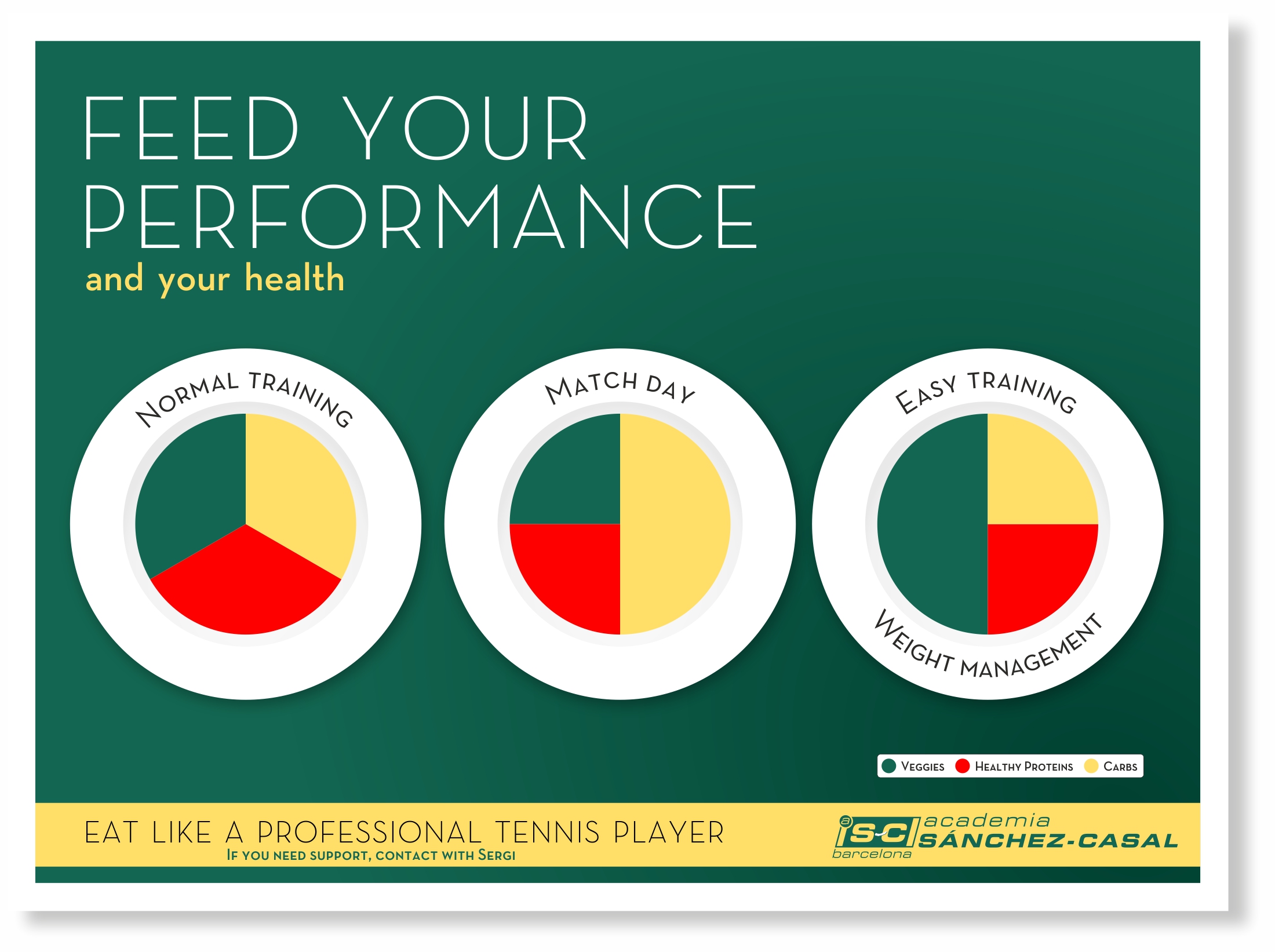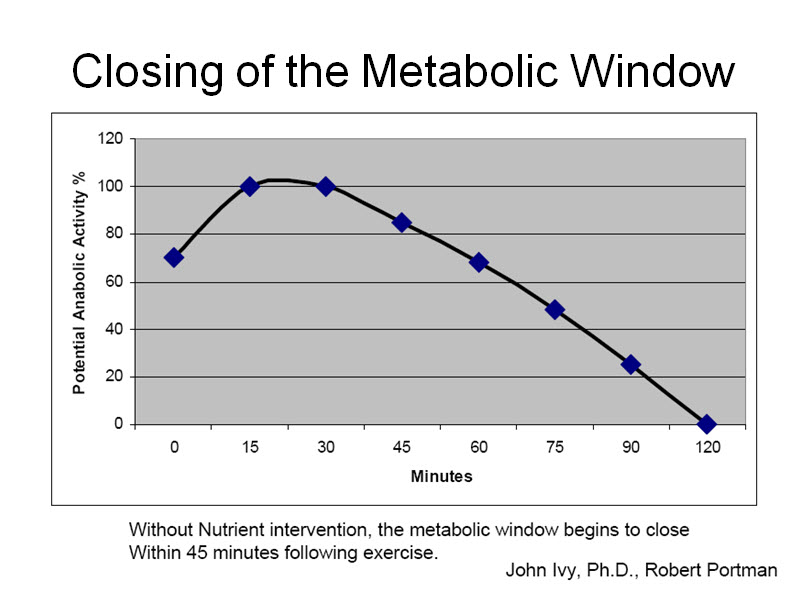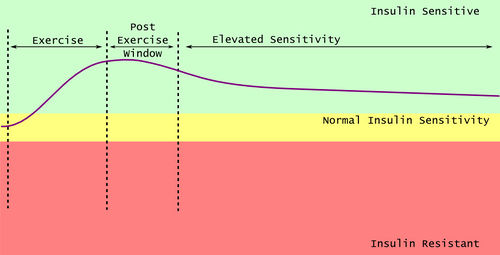
By Sergi Bonillo, Food and Beverage manager at Academia Sánchez-Casal, Barcelona.
Nutrition and sport are two terms that both professional and nonprofessional athletes know must go hand in hand. When you practice sport regularly, it is fundamental that you follow a balanced diet that covers all of your body’s needs, before, during and after exercise.
Nonetheless, there is no such thing as “one ideal diet for all”, because each person has different dietary requirements. Therefore, each diet should be adapted to the person’s needs, and to the sport they practice. It is important to take into account the intensity of the sport, the number of practices sessions they do, and the schedule of each athlete.

In addition, the function and goal of your nutritional intake should be different during the three phases of exercise, which are before, during and after sport is practiced.
In this article, we will focus on post-exercise nutrition and the importance of the metabolic window in the athlete’s recovery from exercise.
Foods for after exercising
The objective is to RECOVER the correct blood sugar levels and muscle glycogen reserves, while also rehydrating adequately.
The first two hours after exercise are key to proper recovery, as this is when the “metabolic window” is open.

The metabolic window
The post-exercise period of time in which the body is extremely receptive to the absorption of nutrients, due to the influence of insulin in the body.
This metabolic window is open for the first two hours post-training, although the first 45 minutes are when our bodies are the most receptive. This period of time is the opportunity our bodies give us to absorb the highest amount of nutrients and increase our performance abilities.
If we take advantage of this opportunity, the benefits will be considerable. We can:
- Accelerate the elimination of waste produced during training by increasing blood flow via insulin. This reduces the damage produced by lactate
- Reduce the muscular damage produced by physical activity
- Promote muscle development
- Help our immune system
- Increase the recovery capacity of muscle glycogen levels
- Go from a catabolic state of muscle destruction to an anabolic state of creation and repair
But … what should we eat during the metabolic window?
- During the first hour, you should eat vegetables and fruits for their vitamins; and meat, fish and eggs for their protein.
- During the second hour, you should eat complex carbohydrates such as pasta, rice, potatoes or legumes.

From: http://fellrnr.com
Knowing that insulin is the precursor to most anabolic and recovery processes, a combination of carbohydrates and proteins is recommended, with a carbohydrate to protein ratio of 3:1 or 4:1 (meaning 4 grams of carbohydrates per every 1 gram of protein).
The inclusion of other amino acids such as leucine, glutamine and vitamins such as antioxidants E and C will also improve protein synthesis, help protect our immune system, and minimize the action of free radicals.
Why are liquid supplements or shakes recommended?
Having this type of easy-to-prepare or pre-prepared supplement allows us to make the most of the short window of post-workout time. Liquids and shakes are absorbed very quickly, while solid foods have to go through the process of digestion first, thereby delaying the absorption of their nutrients.
Any sports fan will know that nutrition is one of the main factors that influences how much benefit professional and amateur athletes get from their workouts. With this article, I hope I have helped improve your knowledge of the field of sports nutrition so that you can get the most out of the sport you practice.
Sergi Bonillo
Food and Beverage manager at Academia Sánchez-Casal Barcelona
















